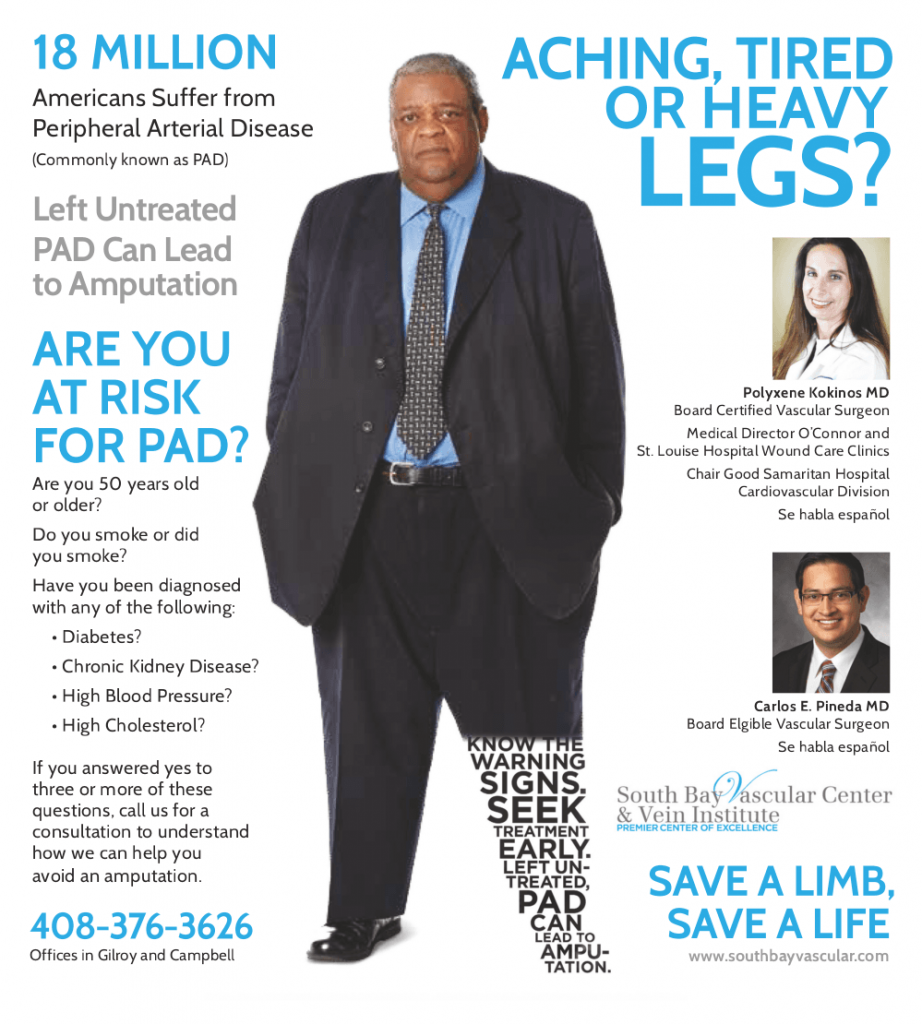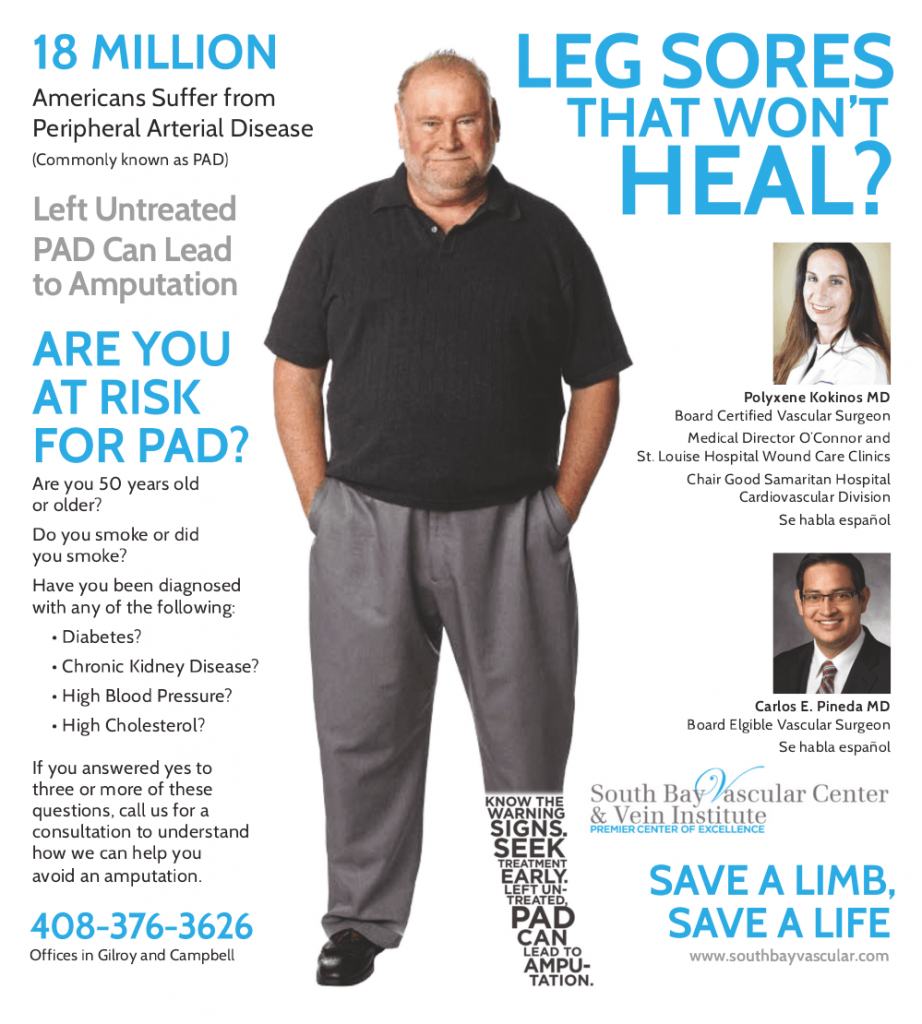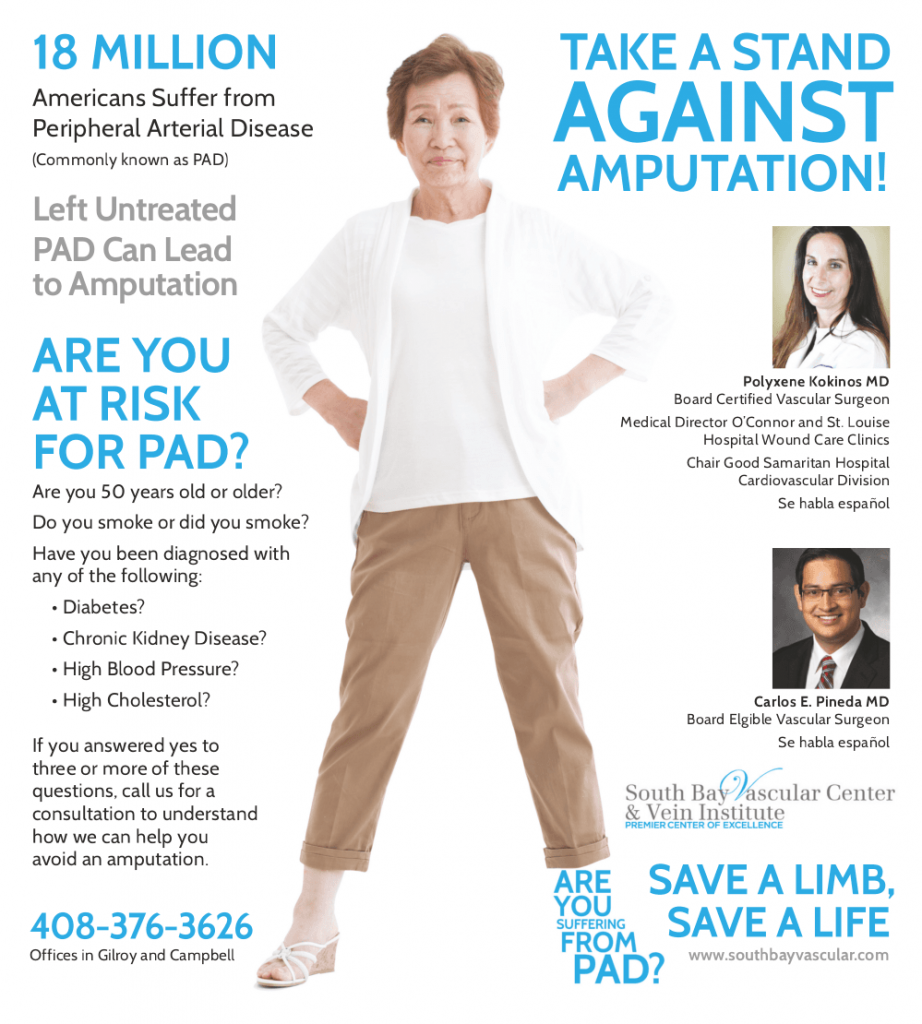Introduction
Peripheral Arterial Disease (PAD) is a serious and often overlooked condition that disproportionately affects African Americans. Characterized by narrowed arteries and reduced blood flow to the legs, PAD is a major cause of disability, limb loss, and even death if left untreated. The risk of PAD in the African American community is significantly higher than in other racial or ethnic groups, making awareness, early detection, and expert care critical.
This blog will explore why PAD is more prevalent in African Americans, the specific risk factors that increase its impact, and how families can take action to prevent and treat this disease before it leads to devastating consequences.
Why PAD is More Prevalent in the African American Community
Studies show that African Americans are two to four times more likely to develop PAD than non-Hispanic white individuals. This disparity is due to a combination of genetic, socioeconomic, and lifestyle factors that increase the likelihood of vascular disease.
Key Risk Factors That Affect African Americans
- Higher Rates of Hypertension (High Blood Pressure)
- African Americans develop high blood pressure earlier in life and with greater severity than other groups, leading to accelerated artery damage.
- Increased Prevalence of Diabetes
- Diabetes is a major risk factor for PAD. African Americans are 60% more likely to be diagnosed with diabetes than non-Hispanic whites, and poorly controlled diabetes can lead to severe PAD and amputations.
- Higher Incidence of Chronic Kidney Disease (CKD)
- African Americans are nearly four times more likely to develop kidney failure, which is closely linked to PAD. Poor kidney function leads to worsened arterial health and an increased risk of limb loss.
- Smoking and Environmental Factors
- Smoking drastically increases the risk of PAD, and African Americans who smoke are at an even higher risk for severe, treatment-resistant PAD.
- Limited Access to Specialized Vascular Care
- Many African Americans live in communities where access to vascular specialists is limited, leading to delays in diagnosis and treatment. Lack of awareness and preventive care further increases the likelihood of PAD progressing to critical limb ischemia (CLI) and amputation.
Recognizing the Signs of PAD: Don’t Ignore These Symptoms
The earlier PAD is detected, the better the chances of preventing life-altering complications. Unfortunately, many people mistake PAD symptoms for signs of aging or ignore them altogether. Here’s what to look for:
- Leg pain, cramping, or fatigue when walking
- Numbness, tingling, or coldness in the feet
- Darkened or discolored skin on the legs or toes
- Sores or wounds on the feet that won’t heal
- Throbbing leg pain at night, a warning sign of critical limb ischemia (CLI)
If you or a loved one experiences these symptoms, don’t wait—seek medical attention immediately.
Why African American Families Must Take Action
PAD doesn’t just affect individuals—it impacts entire families. The burden of limb loss, disability, and heart disease due to PAD can have devastating emotional, financial, and social consequences.
How Families Can Help
- Encourage Loved Ones to Get Screened – Early diagnosis is key.
- Adopt a Heart-Healthy Diet – Traditional diets high in fried foods and processed sugars increase PAD risk.
- Stay Physically Active – Walking can improve circulation and delay PAD progression.
- Manage Diabetes and Blood Pressure – Keeping these conditions under control reduces PAD risk.
- Seek Care from a Trusted Vascular Specialist – Not all doctors have the expertise needed to prevent amputations.
Why Choosing the Right Vascular Surgeon Matters
There is a huge disparity in the quality of vascular care provided to African Americans. Many patients are referred too late or receive subpar treatment at hospitals where financial motives override patient care.
Dr. Polly Kokinos and South Bay Vascular are committed to preventing unnecessary amputations by offering: 



Conclusion: The Time to Act is Now
PAD is a serious yet preventable disease. African Americans are at higher risk and must be proactive about screening, lifestyle changes, and expert medical care. If you or a loved one has symptoms of PAD, don’t wait until it’s too late—schedule a consultation with Dr. Polly Kokinos today.
Your health and your future matter. Let’s work together to stop PAD in its tracks. Call our office today to schedule an appointment at 408-376-3626 if you suffer or are diagnosed with any of the conditions outlined in this office. Ask your primary care physician for a direct referral to Dr Kokinos or visit our website at www.southbayvascular.com to learn more about how we can help.


